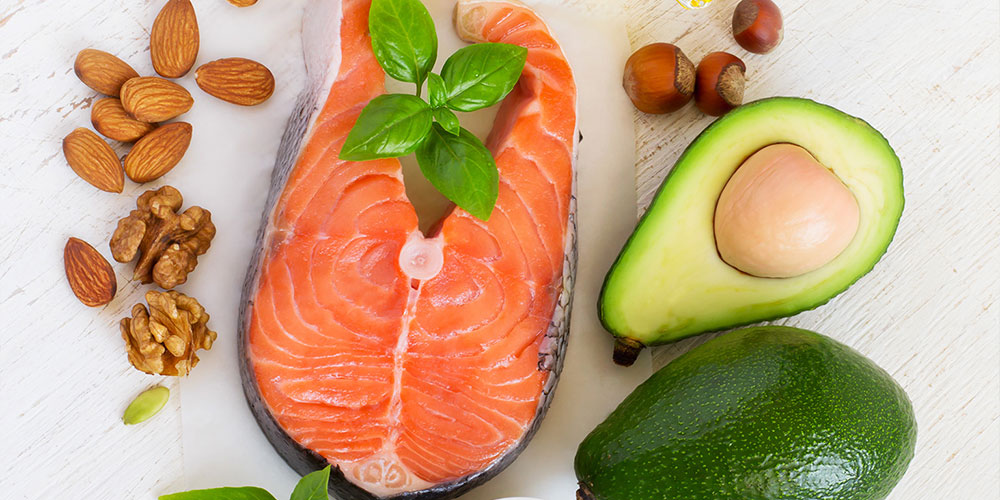We need to get omega-6 and omega-3 polyunsaturated essential fats throughout our diet, as our body cannot make them on its own. Omega-3 fats have important benefits for the heart, brain, and metabolism, while omega-6 fats aid in growth and development, providing the body with energy and more. However, did you know we need them to be in the right ratio to combat inflammation, which can lead to diseases like heart disease?
Omega-3s are anti-inflammatory polyunsaturated fats, and omega-6s are more inflammatory polyunsaturated fats. Our Omega 6 to 3 ratio is supposed to be 1 to 1; therefore, for every omega-6, we’re supposed to have one omega-3. Unfortunately, it’s more like 40 to 1 in America, meaning our inflammatory load is much higher.
Omega-3 fatty acids are key in helping reduce heart disease by reducing oxidative stress and inflammation.
The main omega-3s are classified into three different types:
- Alpha-linolenic Acid (ALA) is the most common omega-3 fatty acid, mostly found in plant oils like flaxseed, hemp seed, and walnuts. It is also the precursor to EPA and DHA.
- Eicosapentaenoic Acid (EPA) is found in oily fish, like salmon, herring, sardines, and some grass-fed animal products. EPA has been known to produce eicosanoids, signaling molecules known to reduce inflammation in the body.
- Docosahexaenoic Acid (DHA) is important for vision, brain development, and heart health and can also be found in wild-caught oily fish and grass-fed animal products.
Omega-3s help reduce the risk of heart attack and stroke by:
- Reducing the risk of arrhythmia, an irregular heartbeat.
- Lowering blood pressure.
- Lowering triglyceride levels, a type of fat found in the blood and then stored in the body as fat.
- Reducing plaque buildup in the arteries, allowing oxygen-rich blood to flow freely throughout the body.
How to increase omega-3s and lower omega-6s for heart health:
- You can increase your intake easily with food.
- You can add omega-3s with wild-caught fish like salmon, herring, sardines, etc. However, if you don’t like eating fish, there are still many plant options like flaxseeds, flaxseed oil, walnuts, chia seeds, seaweed, algae, kidney beans, Brussels sprouts, and more.
- You could also add in fish oil or omega-3 supplementation after consulting with your doctor first.
- You can reduce omega-6s by buying grass-fed meats and limiting seed oils.
I recommend limiting the following omega-6 rich seed oils:
Please consult your physician before adding omega-3 supplements or foods to your diet so that they don’t interfere with any conditions or medications you are currently taking.
This is not medical advice*
- Corn
- Canola
- Cottonseed
- Soy
- Sunflower
- Safflower
- Grapeseed
- Rice Bran
- Rapeseed
- Vegetable
- Peanut
For more info on optimizing nutrition, reach out to Audrey Stimpson, Certified Functional Nutrition Counselor via email at audrey@audreystimpson.com, social media at @audreystimpson, and via website at Audreystimpson.com.
Audrey Stimpson is a Certified Functional Nutrition Counselor at Sundara Wellness specializing in gut-brain health, thyroid issues, ADHD, autism, autoimmune, and more.







